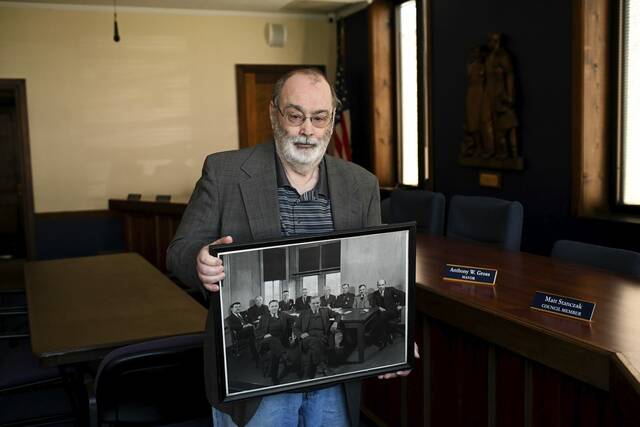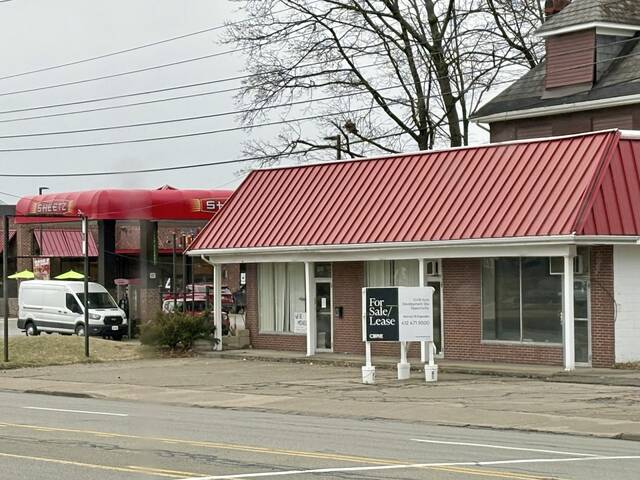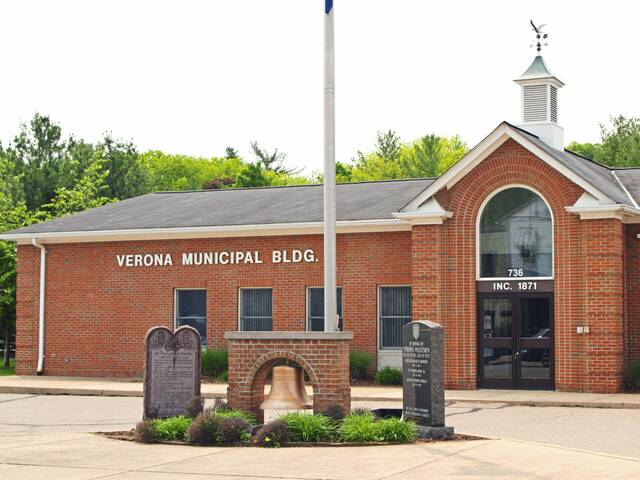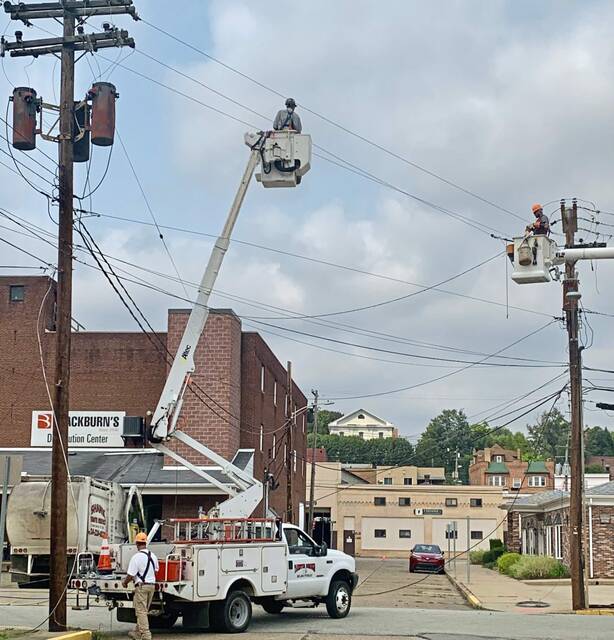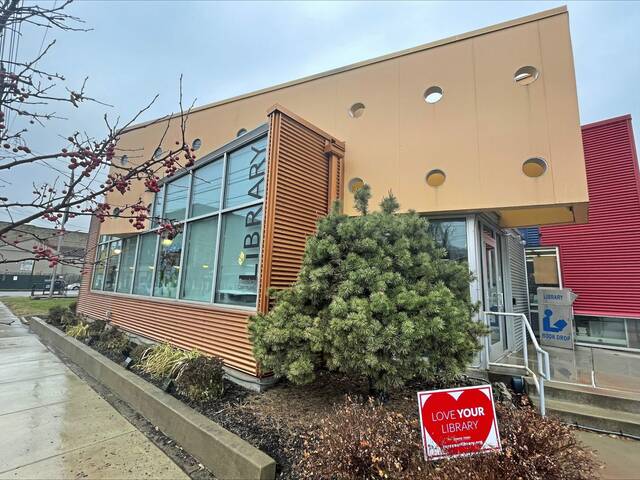Historian Tom Powers is giving residents a peek into the evolution of Blawnox as the town prepares to celebrate its centennial.
Born from a forested riverbank that transformed into Depreciation Lands, Blawnox was originally known as the village of Hoboken before growing into a bona fide manufacturing hub.
“Even with the loss of its namesake company, Blaw-Knox, the borough still survives and thrives as a vibrant community, forged by a working-class ethic,” Powers said.
The author of the 52-page Blawnox Centennial book, published this summer, will give a free presentation at 6:30 p.m. Sept. 18 in the borough building.
The event comes ahead of a day-long celebration on Sept. 20, complete with live music, a petting zoo, pony rides, food and a drone show to mark the borough’s 100th anniversary.
Mayor Anthony Gross said it’s a special time for residents.
Powers’ book “includes so much of what Blawnox was and has become over the years,” Gross said. It unearths surprising and entertaining details about the community and is “nothing less than an education to anyone who wants to learn about the borough.”
During the pre-celebration presentation, Powers will talk about borough leaders, including the first Burgess (mayor) Harry Evans, a Jefferson County native who worked as the Blaw-Knox Company renting agent in 1917.
Evans helped organize the Blawnox volunteer fire department in 1921.
He’ll also point out familiar facades that have served the community, including:
• The first borough building along Seventh Street that is now the site of the Seventh Street Commons office building.
• A 14-room schoolhouse that was constructed in 1925 on Center Avenue for students in first through 10th grades. It became part of the Fox Chapel Area School District in 1958 and closed in 1981 before being sold for development in 1983.
• The first dedicated park space in the borough, constructed by the Blaw-Knox Company in 1920, which sat where the Old Thunder Brewing Company is today. The borough later obtained three acres of property for an athletic field in 1955, and for a period between 1975 to 1985 was referred to as Dick Groat Field, named after the late Pittsburgh Pirate shortstop who frequently showed up to Little League events there.
The village of Hoboken was founded in the late 1860s by Paul Hacke, a Greensburg millionaire and department store owner who purchased a half-square mile property.
It was quickly developed as housing stock for contractors and employees of the former Allegheny County Workhouse that sat at the foot of what is now RIDC Park in neighboring O’Hara.
It also benefited from the newly opened rail line that ran from Pittsburgh’s North Side to Freeport.
“Once the northern spur of the railroad comes through in 1866, it spurs the growth of communities along the route, like Aspinwall, Hoboken and Springdale,” Powers said.
That was the push that grew Blawnox into a major manufacturing player.
There were other economic drivers too, like oil refineries, a plaster manufacturer and a rope company. This was all prior to the merger of the Blaw Steel Co. and the Knox Welded and Pressed Steel Co. in 1917, which catapulted the community and eventually lent its name to the new borough in 1925.
Blaw-Knox grew into a Fortune 500 Company, very few of which made their home in Allegheny County municipalities, Powers said.
“There is a sense that the Blaw-Knox Co. helped elevate this area as a serious player in American industry,” he said.
The company, which closed its Blawnox plant in the 1990s, had additional operations in Lawrenceville, Coraopolis, Pittsburgh’s North Side, Buffalo, N.Y., and Baltimore. It owned a large road-paving equipment factory in Illinois and offices worldwide.
Despite helping to put the area on the map, Powers said that when Paul Hacke named his development Hoboken in 1867, “he couldn’t have anticipated the problem a major manufacturer would have with that name. Instead of Blaw-Knox Company mail going to Hoboken, Pennsylvania, mail was evidently going to Hoboken, New Jersey.”
To stop the confusion, the company petitioned the Postal Service to have the local post office renamed “Blawnox.” The name changed in 1920 and people immediately began referring to the town using that moniker.
His presentation will focus not only on the people who founded the town, but also on the people who “made this community an excellent place to live,” Powers said.
“There is a great sense of pride here,” Powers said.
Today, the borough has a population of about 1,500. It is hemmed by O’Hara on three sides, with the Allegheny River on the fourth side.
Powers has previously published the O’Hara history book, “Portrait of an American Community,” and co-authored “The Allegheny Arsenal Handbook,” which chronicles 112 years of the Union Army manufacturing center in Lawrenceville.
He spent three years researching Blawnox history with help from the Heinz History Center and longtime families. After amassing countless photos and other bits of information, Powers donated some of his Blawnox collection to be kept in the borough building.
“This way, the people who run the borough in the future will have a background,” he said. “I want people to have a greater appreciation of how they got here. A lot of people put in a lot of hard work to build up the community where everyone enjoys it today.
“There’s great history behind common everyday things that deserve appreciation.”


